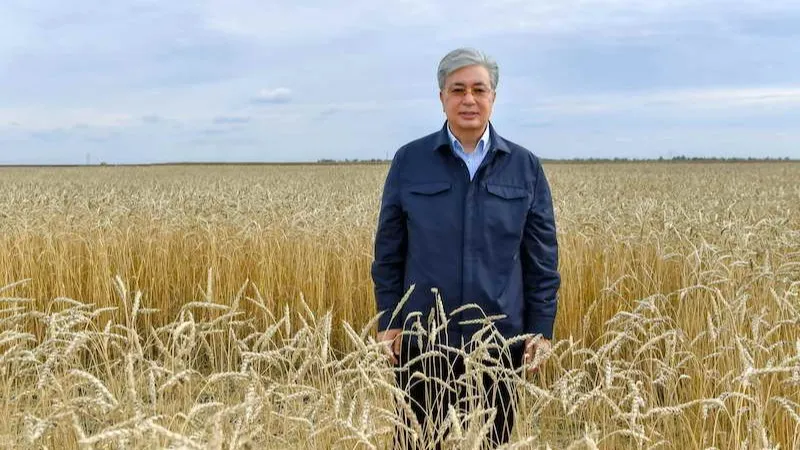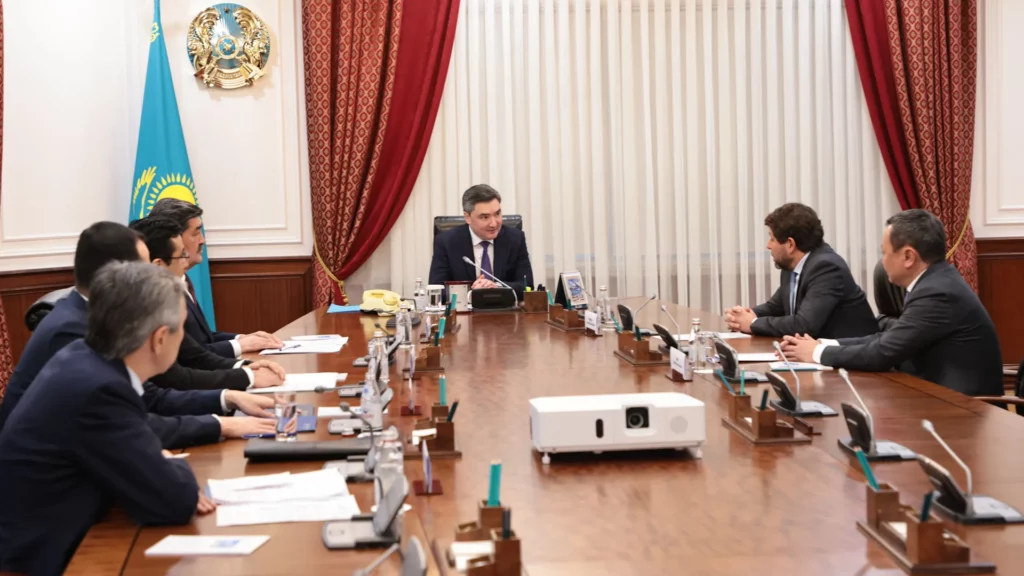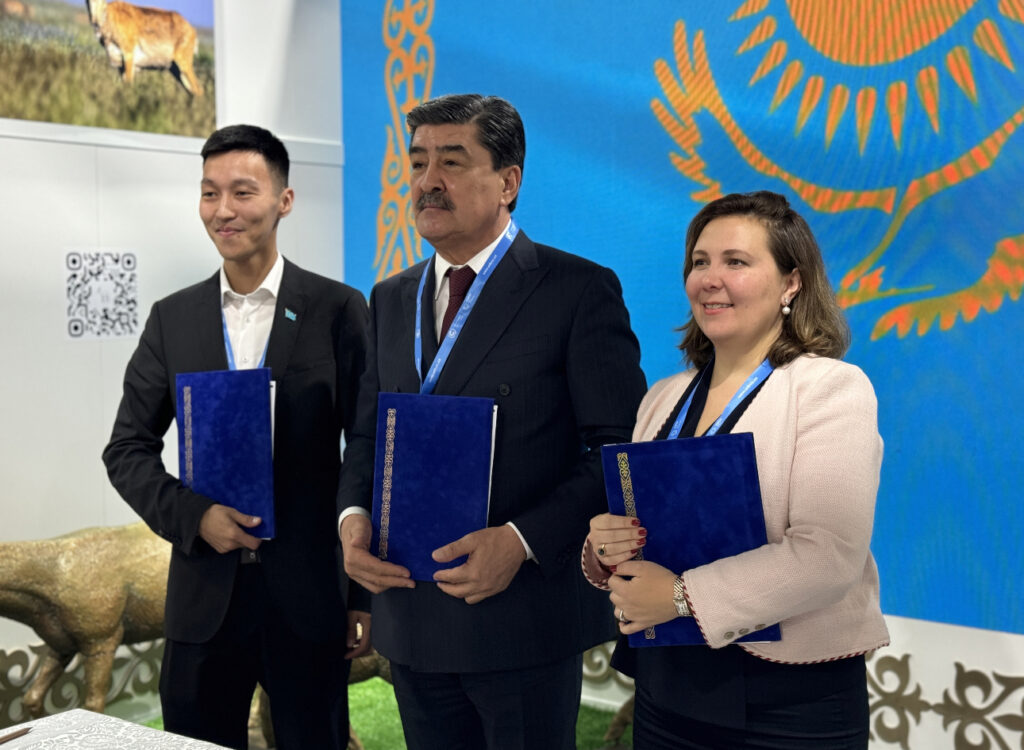By 2050, Kazakhstan could earn more than $35 billion a year through carbon farming
These are methods aimed at capturing carbon from the atmosphere by agricultural and forest plants and depositing it in the soil.

The Emissions Trading System (ETS) of the Republic of Kazakhstan in the long term up to 2050 can bring the country up to $35 billion annually through the sale of carbon offsets, the press service of the BRICS International Center for Competition Law and Policy stated. These indicators can be achieved through the development of carbon farming and the creation of carbon polygons. This forecast was voiced by participants of the round table “Carbon Farming in Kazakhstan: Unlocking the Potential” within the framework of the 29th Conference of the Parties to the UN Framework Convention on Climate Change, which was held in the Qazaqstan pavilion.
Earlier, speaking at the World Leaders Summit, as part of the discussion of the fight against climate change, Kazakh President Kassym-Jomart Tokayev noted that Kazakhstan, with 200 million hectares of agricultural land, is an ideal platform for the introduction of carbon farming.
Carbon farming refers to the use of land management methods by agricultural producers that are aimed at capturing carbon from the atmosphere by agricultural and forest plants and depositing it in the soil, as well as reducing greenhouse gas emissions in crop production. The potential for reducing emissions from such lands is up to 35 million tons of CO2 equivalent per year, which is higher than the current level of emissions of 32 million tons per year. At the same time, according to research institutes, Kazakhstan is among the top ten countries with the greatest potential for developing carbon farming.
“The technical potential for carbon sequestration in Kazakhstan’s agricultural sector is estimated at up to 535 million tonnes per year. Even if carbon swaps are sold at cost, which is estimated at $100 per tonne, the country will be able to earn more than $35 billion per year under the ETS. This will help develop rural areas, since carbon polygons create up to two new jobs for every 10 hectares of land, and will give impetus to the socio-economic development of villages, where almost 45% of Kazakhstan’s population lives. By 2070, the share of business income from reducing carbon emissions could amount to 2% to 10% of GDP in a number of countries. Carbon farming is a long-term project that can generate income for centuries as technologies develop,” explained Michael Obersteiner, Director of the Environmental Change Institute at the University of Oxford and Head of the Research Group at the International Institute for Applied Systems Analysis (IIASA).
Chairman of the Committee for Land Resources Management of the Ministry of Agriculture of the Republic of Kazakhstan Murat Temirzhanov emphasized the importance of active participation of the state in the process: “Currently, technologies for removing emissions from the atmosphere through carbon farming cannot provide the required volume of CO2 sequestration due to their insufficient development and underfunding. In order for the system to work and the forecast indicators to be achieved within the expected time, a roadmap for the development of carbon farming, at least its first edition, must be drawn up and ratified now. This is necessary so that the market understands where the regulator and other market entities are moving.”
The research team that prepared the report also proposed a set of specific measures that Kazakhstan’s roadmap for developing carbon farming could rely on. For example, a government funding program could provide payments for the mere implementation of carbon methods or for the actual volume of sequestration and/or emission reductions. Investments could also be attracted through the placement of green bonds, using the Land Degradation Neutrality Fund, or receiving preferential loans, noted Alexey Ivanov, director of the BRICS Antimonopoly Center.
The study was conducted by the BRICS International Centre for Competition Law and Policy and the International Institute for Applied Systems Analysis (IIASA) in collaboration with the UN Convention to Combat Desertification and the TALAP Applied Research Centre “Carbon Farming in Kazakhstan: Unlocking the Potential”.
“Central Asia is particularly vulnerable to climate change, so Kazakhstan prioritizes measures to combat climate change. But these tasks must also be addressed at the regional and global levels,” concluded Vice Minister of Ecology and Natural Resources of Kazakhstan Mansur Oshurbayev.



